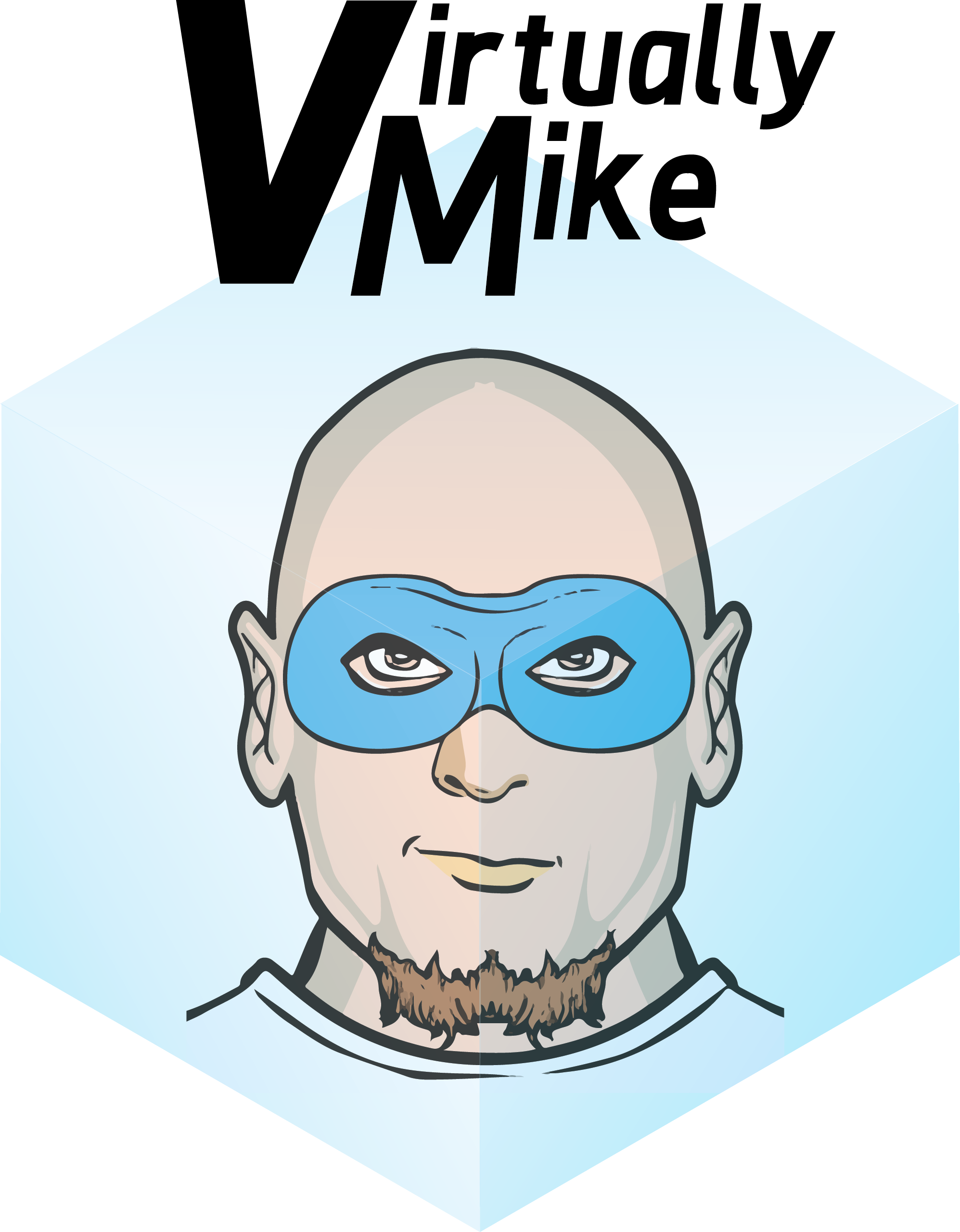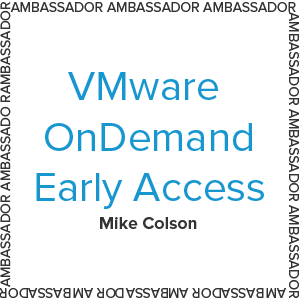
The IT community is split into sub-tribes, the vendors who sell technology and the operations folks that use it. 2014 vExperts were given early access and beta use of vCloud Air on demand services with free credits to test the environment in exchange those with this access would then post a blog. This is that blog ….
Dun-Dun
Sorry I watched some Law & Order before starting this blog.
If you are working in the VMware arena and don’t live under a rock, odds are you have heard about vCloud Air (formerly VMware Cloud Hybrid Services vCHS). If not a brief aside:
VMware vCloud Air is a hybrid cloud solution, with pre-set virtual templates and the access and capability for bursting from a customer datacenter into this hosted solution. With vCloud Air your company or organization can leverage internal templates by placing a copy in your cloud catalog, as well as extend layer 2 networking. Another benefit is the ability to leverage existing management tools and consoles to manage the cloud environment. This includes extensible controls into vCenter and vRealize Automation Center (formerly vCAC).
Now that we are all on the same page, the comparisons of VMware’s cloud to Amazon AWS EC2 have basically been that VMware is running from behind when it comes to development environment usage and on-demand. Up to this point vCloud Air has only been available as a contracted block of resources that are shared with in a tenant organization. VMware will be announcing the general availability of vCloud Air On-Demand service. This is going to be VMware’s Coup de eta for cloud solutions.
Where does it start you might be saying, or why do I care. Well for the later if you are reading this blog you are probably doing it for the comedy more than the technical content. But for the former, it all starts at My.VMware.com where you establish a subscription service and enter your billing information. All of your billing is run through my.vmware and allows for centralized cloud costs. This helps to eliminate shadow IT spend by centralizing management but more on that in a bit. Here is the my.vmware dashboard to track pricing.

But wait there’s more, considering that this is just the billing management. There is a difference between vCloud Air and the On-Demand version. Here is what vCloud Air looks like this:

While vCloud Air on Demand looks like this:
(vCloud Air on demand dashboard)
You can still create a virtual private cloud (VPC) as with standard vCloud Air, however within the VPC you get a Resource Usage Dashboard
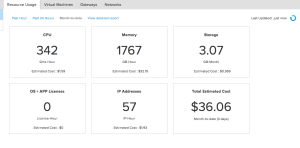
From here you can see the utilization and monthly cost assessment. This is very similar to EC2’s which again unless you live under a rock you know looks like this:
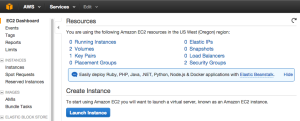 You can also drill into individual VPC’s to see their specific cost modeling and usage.
You can also drill into individual VPC’s to see their specific cost modeling and usage.
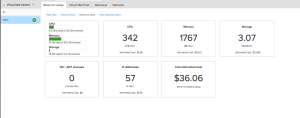
Now is the point of the post where you may be asking yourself managing is cool but what about the VM’s and Services.
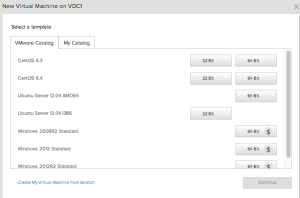
Let’s start with VM’s there are some pre-configured VM’s ready for easy deployment. Here you will find your usual suspects and can leverage your own MS licenses or pay to play similar to how AWS works. Then there is an assortment of linux images CentOS and RHEL.
In addition you can connect your vCloud Air On-Demand instance to your vCenter instance and copy template images and add them to your catalog. This is the part that should be making admins and CIOs smile. Why, because what this means is we can centrally manage and secure the images that are deployed in the cloud. Say what? That’s right fully managed and secured image right from the comfort of your own vCenter image. Remember how I mentioned Shadow IT?
Shadow IT is the concept that developers and app owners are going out and leveraging AWS to obtain the IT they need to accomplish their jobs. Mostly this happens because internal IT is burdensome and slow. vRealize is attempting to resolve this by allowing for IT automation of these applications and environments. Take this a step further and allowing these VMs to be provisioned in the cloud just as easily and on demand, and with an approved image would increase security and meet the app owner\dev requirements. In addition that are starting to drive organizations away from AWS are the costs associated with additional features that are additional costs like RDS, Elasticache and DirectConnect.
With all this said, vCloud Air On-demand seems like a decent solution for the VMware Admins who are looking for a way to avoid the long term contracts or aren’t sure how to size their public cloud deployment. I don’t think it is quite where EC2 is with regard to capabilities and features but VMware is investing a lot in vCloud Air. I think the future will show that this investment will begin to close the gap. In the mean time watch the VMware announcements that will be coming out during PEX.
Feel free to ask question I am happy to give some more testing feed back etc.
